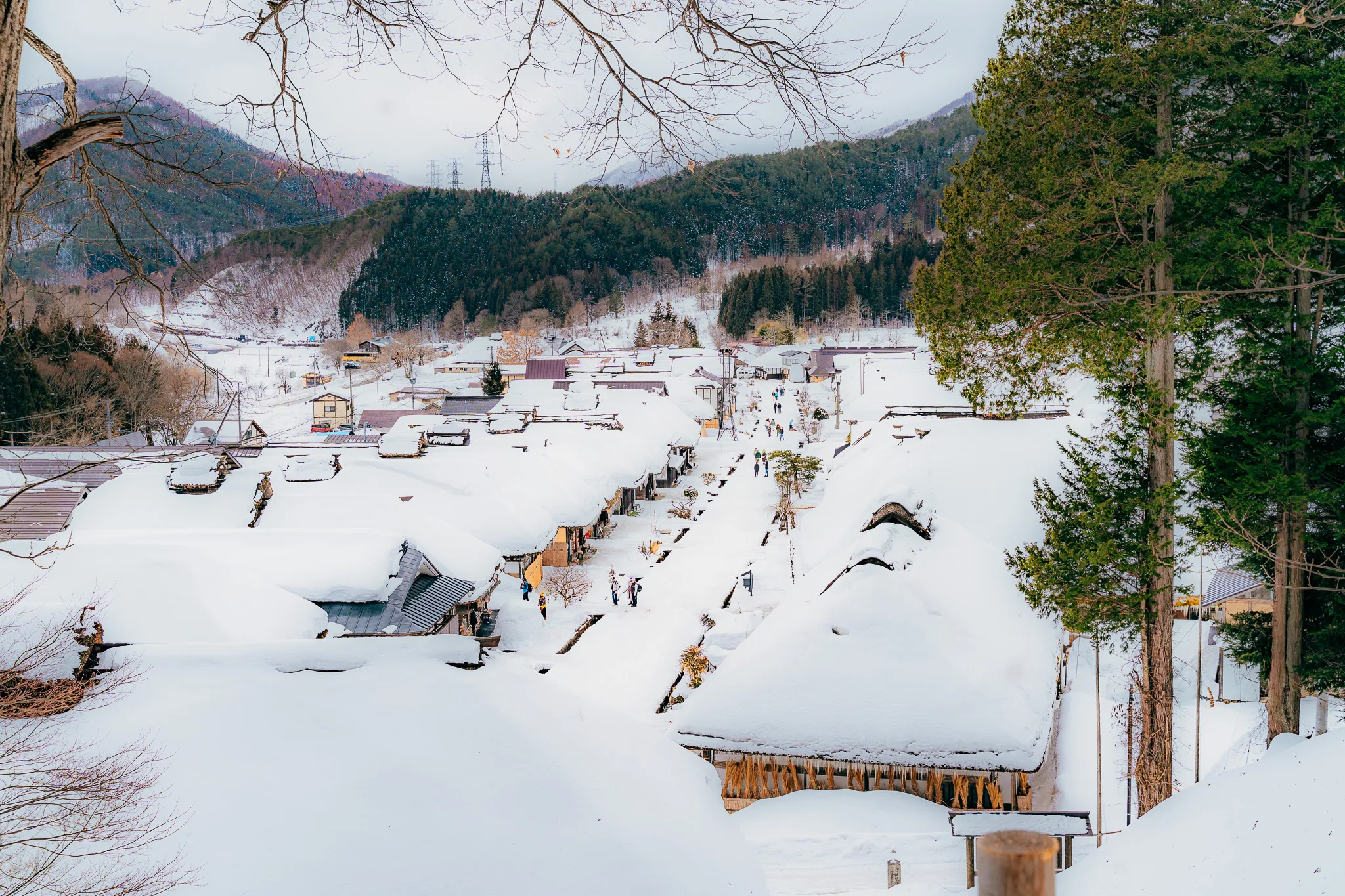

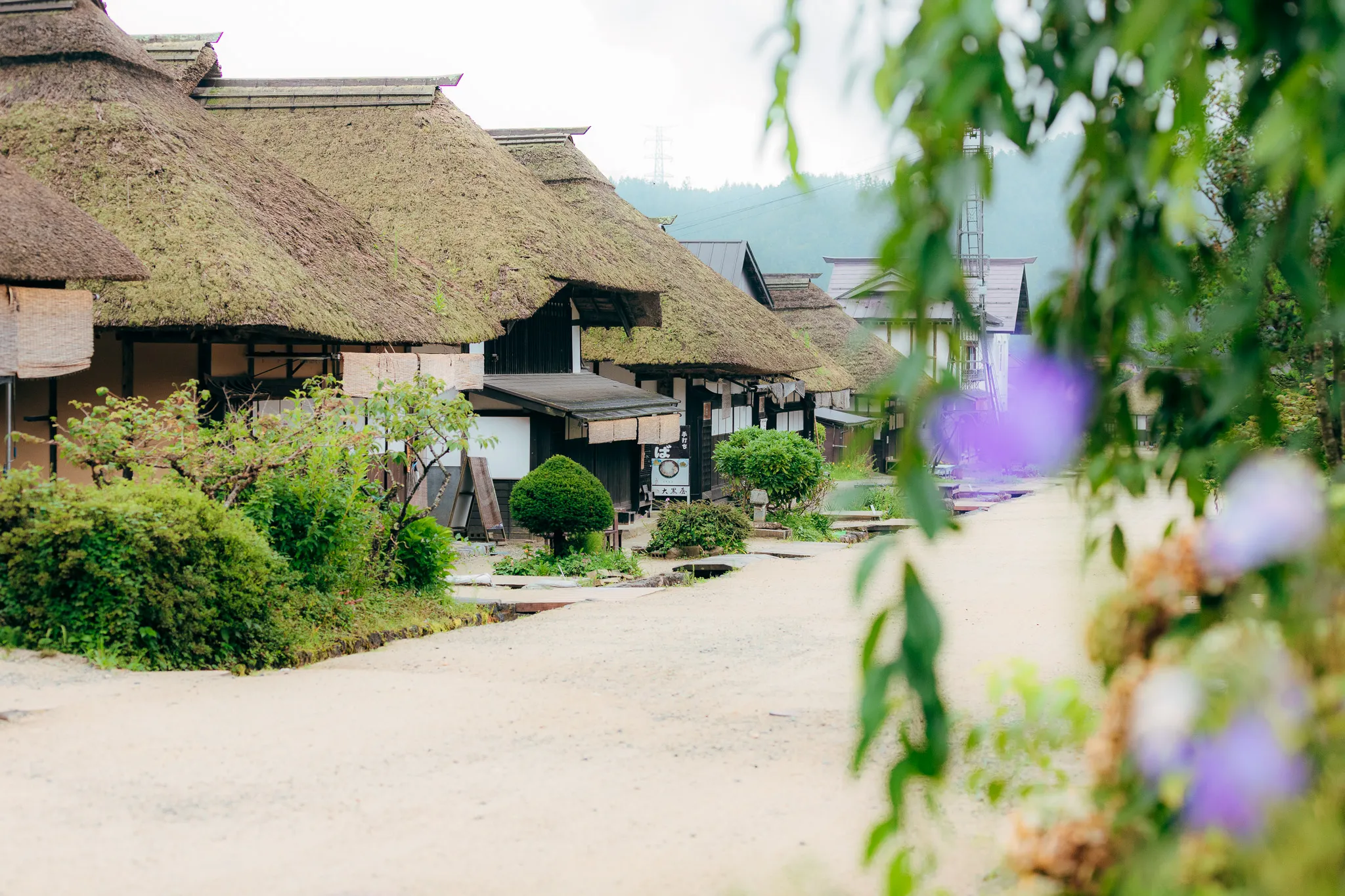
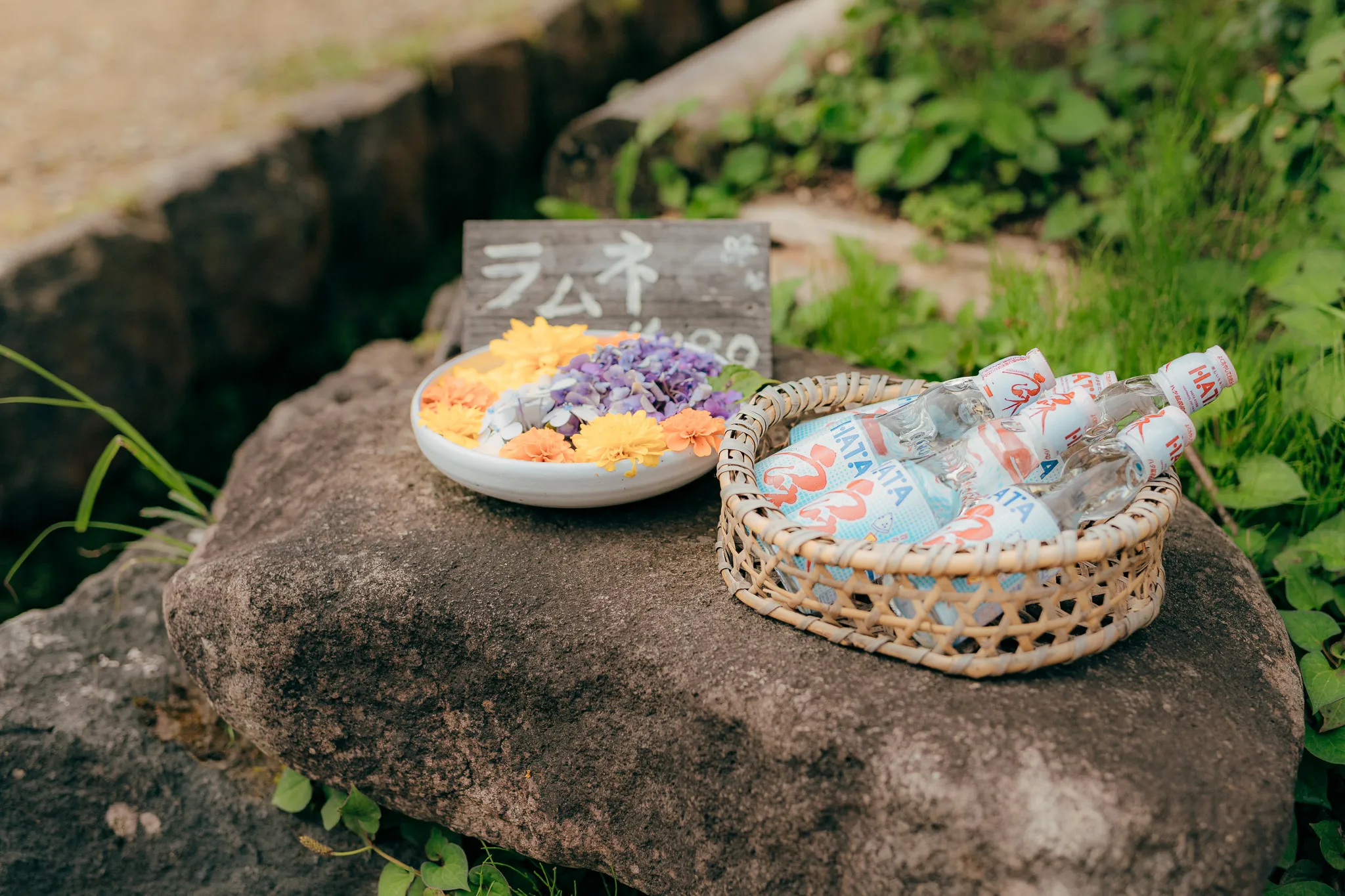
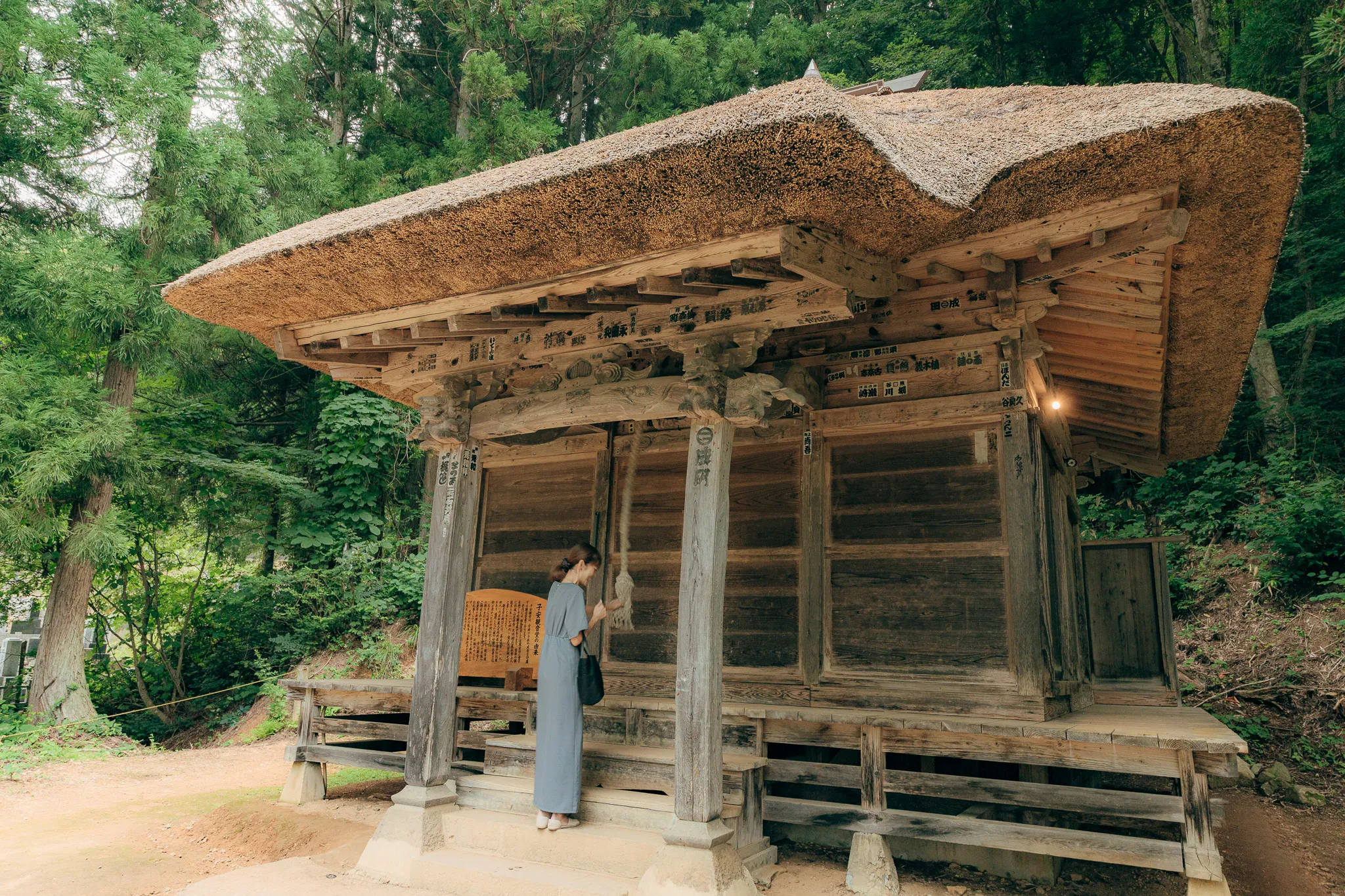
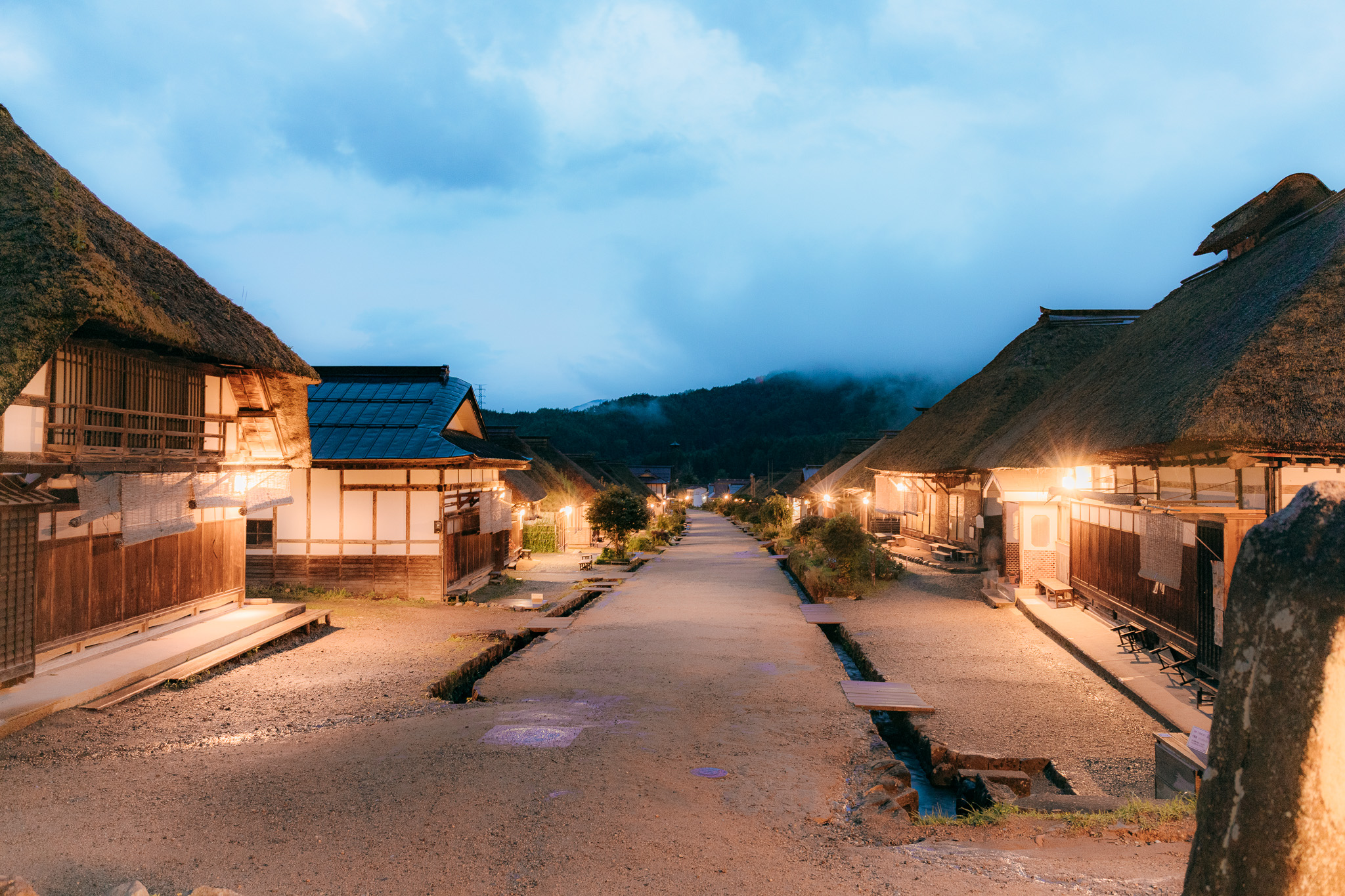
Ouchi-juku
Ouchi-juku is a historic post town in Shimogo Town, Minamiaizu District, Fukushima Prefecture. It flourished during the Edo period as a stop along the Aizu Nishi Kaido, the route connecting Aizuwakamatsu and Nikko, with roots that some say stretch back to the Kamakura period. Today, around 30 thatched-roof traditional houses line the streets, preserving the town’s historic appearance. In 1981, Ouchi-juku was designated a “Important Preservation District for Groups of Traditional Buildings” by the Japanese government, and it now attracts roughly 800,000 visitors annually.
Local residents follow three guiding principles—“Do not sell, do not rent, do not destroy”—to maintain and restore the thatched roofs, preserving over 400 years of traditional scenery.

The former Honjin of Ouchi-juku, once used as a lodging for high-ranking officials, now stands along the main street and is open to the public as a museum. Visitors can glimpse the elegant and traditional interior of an Edo-period residence, with exhibits including tableware, clothing, and other historical artifacts.
Historic streets lined with thatched-roof houses

At Ouchi-juku, the thatched-roof houses lining both sides of the street create a nostalgic atmosphere. Along the main street, you’ll find soba restaurants and souvenir shops, and the entire area is compact enough to stroll from end to end in about five minutes, making it easy to explore on foot.
Wandering through the narrow alleys and stone-paved paths feels like stepping back into the Edo period. In the center of the village stands the Ouchi-juku Townscape Exhibition Hall, a restored building that once served as a resting place (honjin) for feudal lords. Inside, you can see everyday items from that era and displays about thatched roofs. Each morning, a fire is lit in the irori (traditional hearth), and simply watching the crackling flames and smoke rising to preserve the roof offers a deeply immersive experience.
Ouchi-juku is charming in every season, but winter is especially atmospheric. During the annual Ouchi-juku Snow Festival, held on the second Saturday of February, snow lanterns and igloos line the streets, and local men light each lantern, creating a magical scene enhanced by fireworks in the night sky. Be sure to dress warmly to fully enjoy this enchanting winter event.
More Attractions Around Ouchi-juku
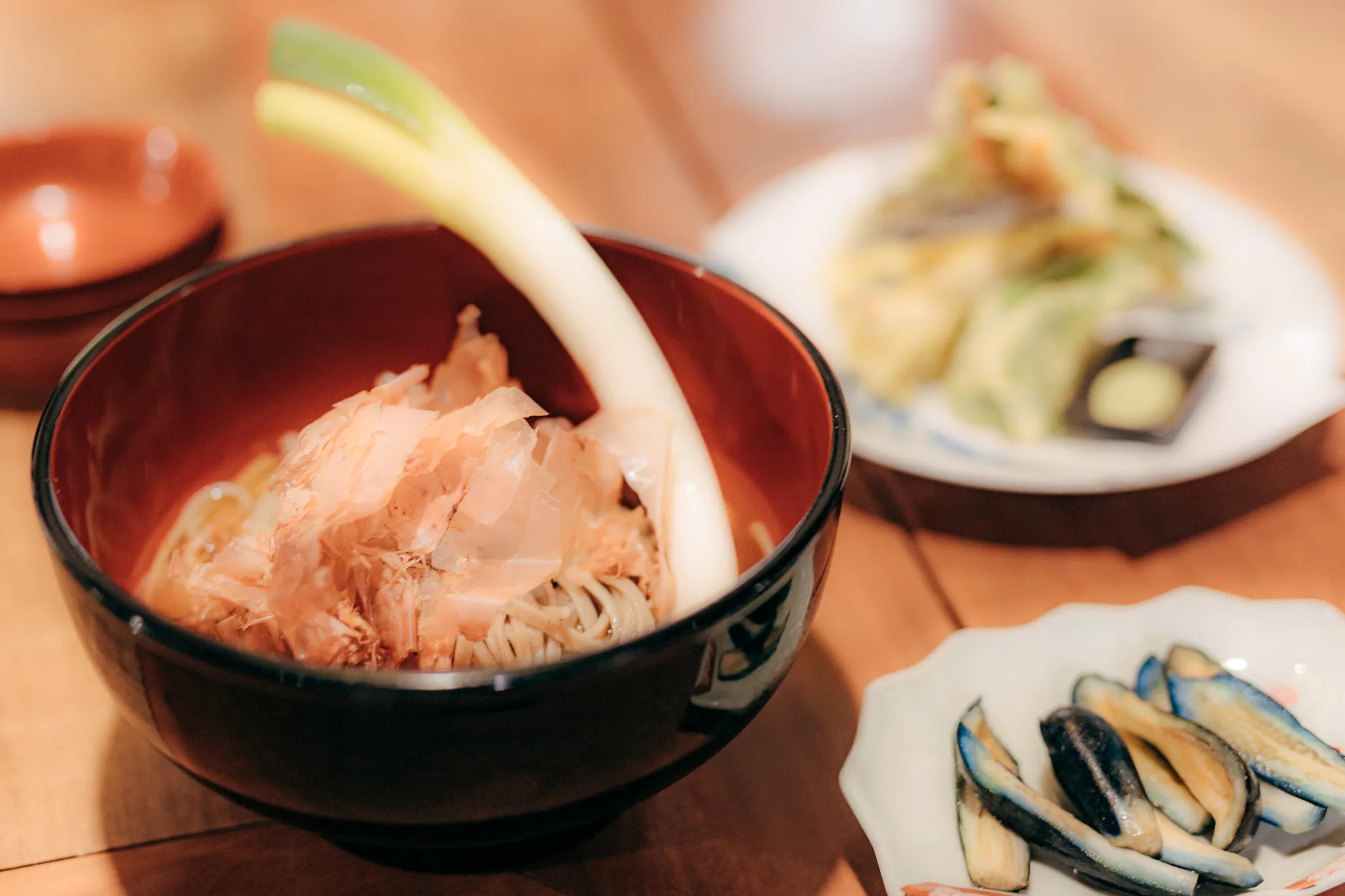

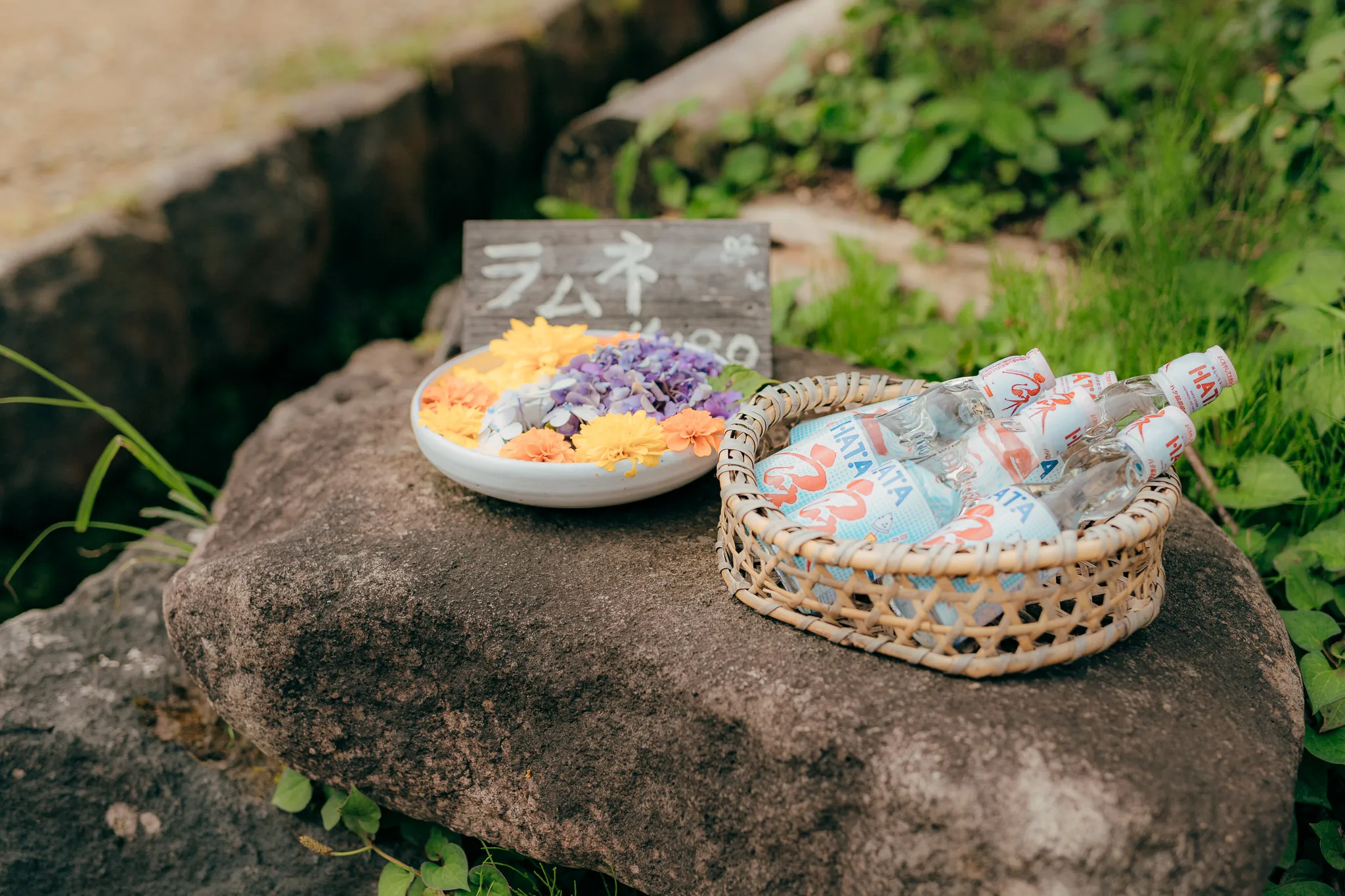

ramune soda
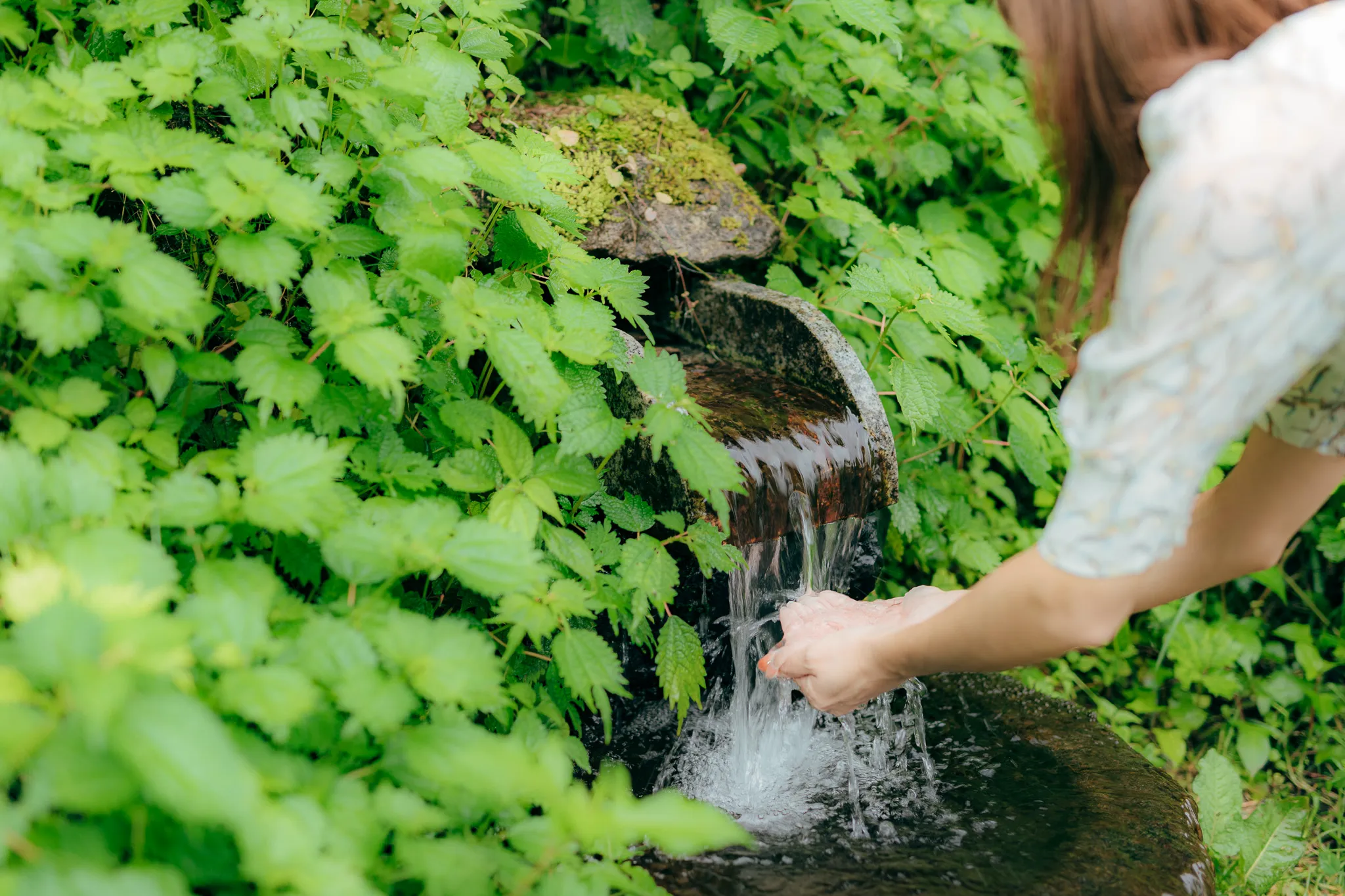

There is natural spring water behind the building.
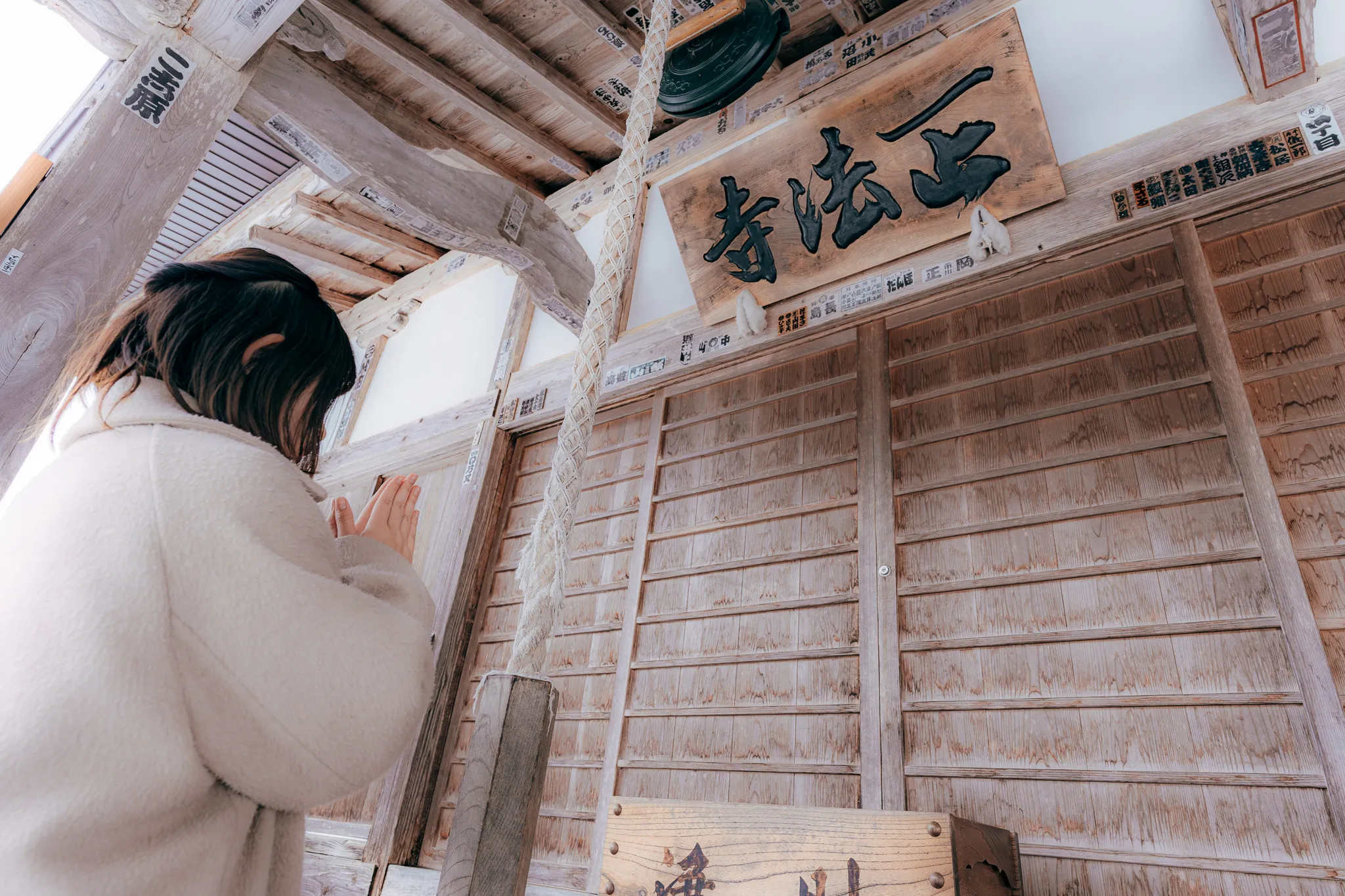

shrine
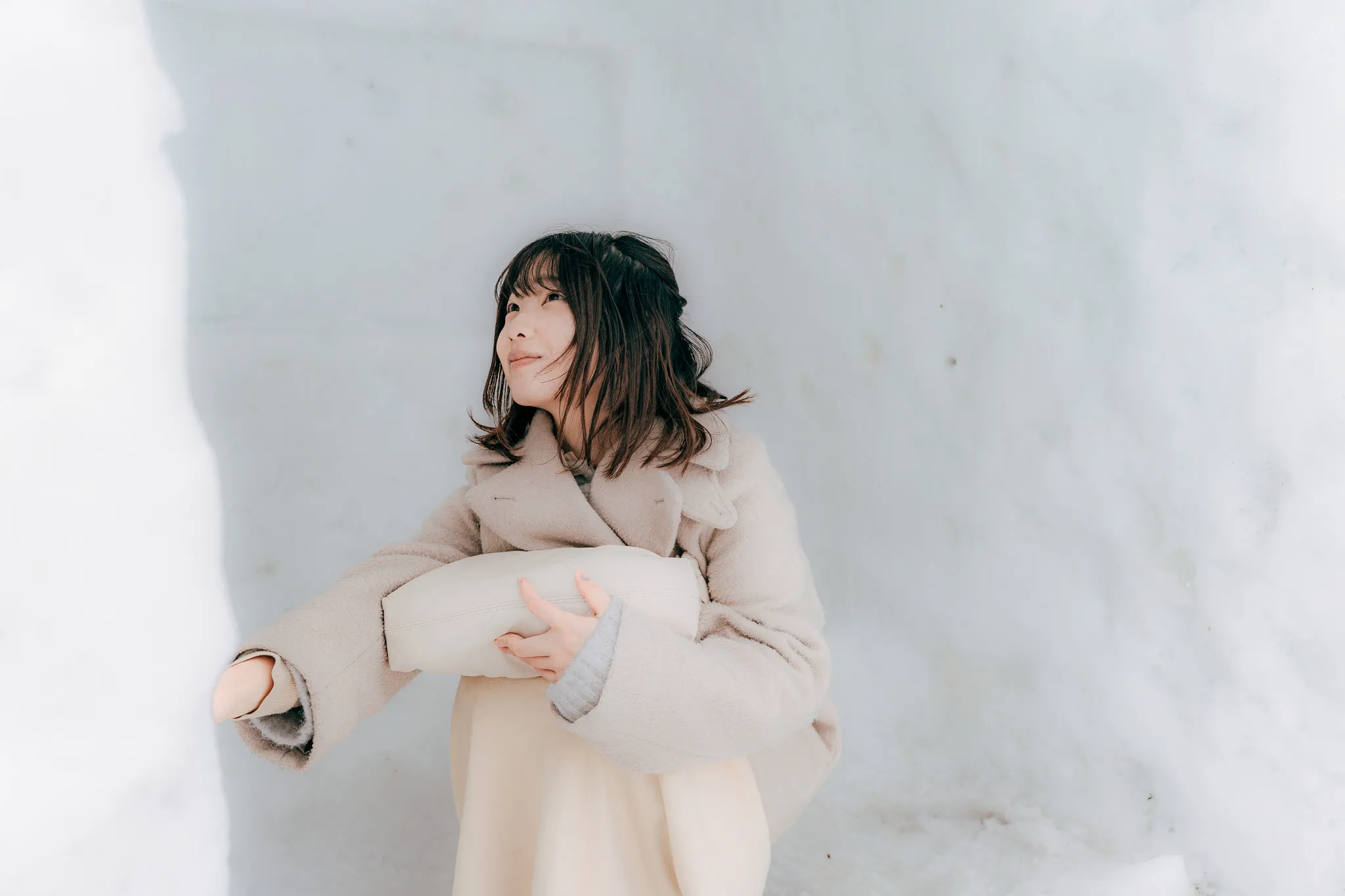

In winter, kamakura
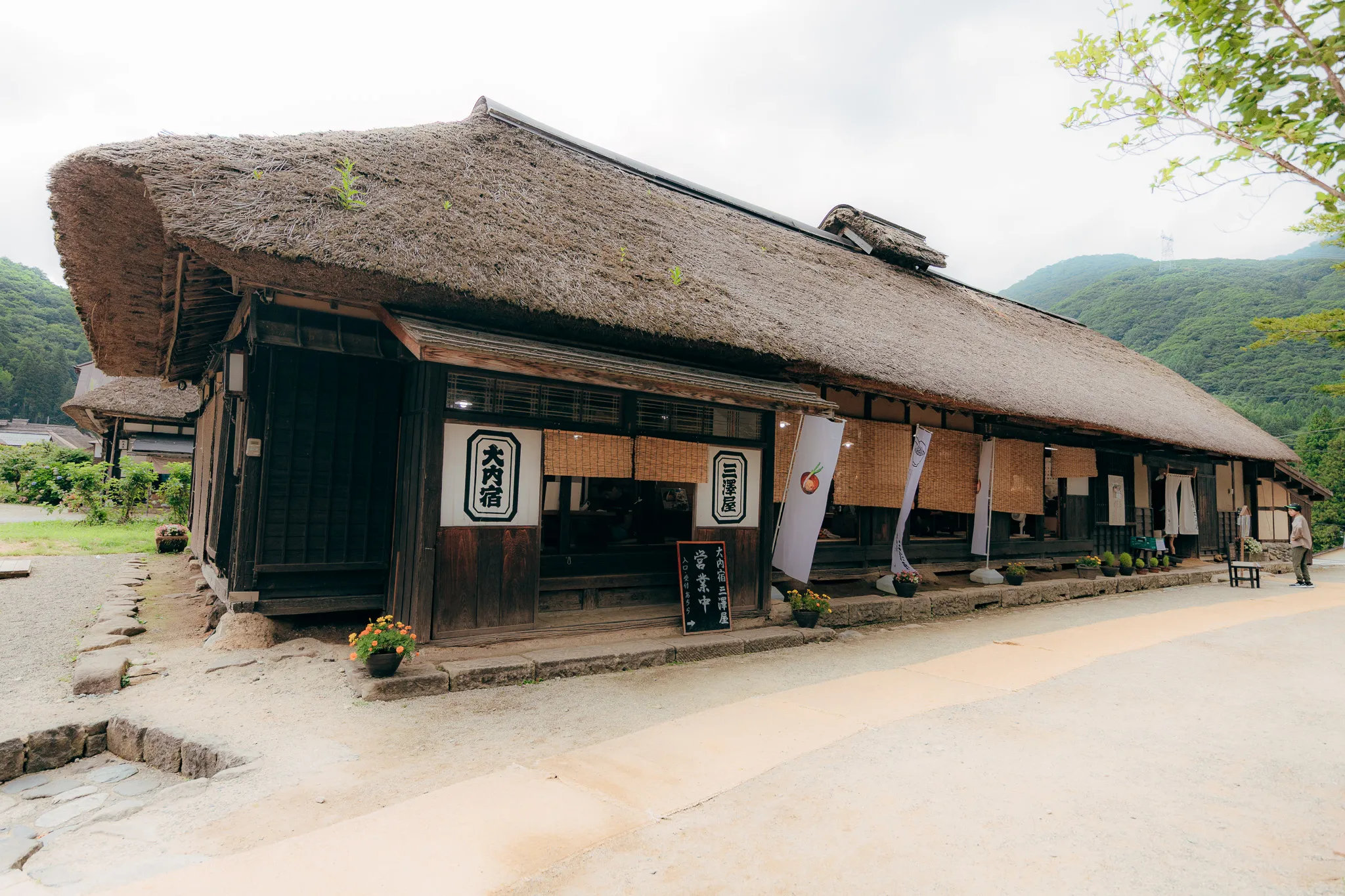

A new experience of eating soba with a green onion
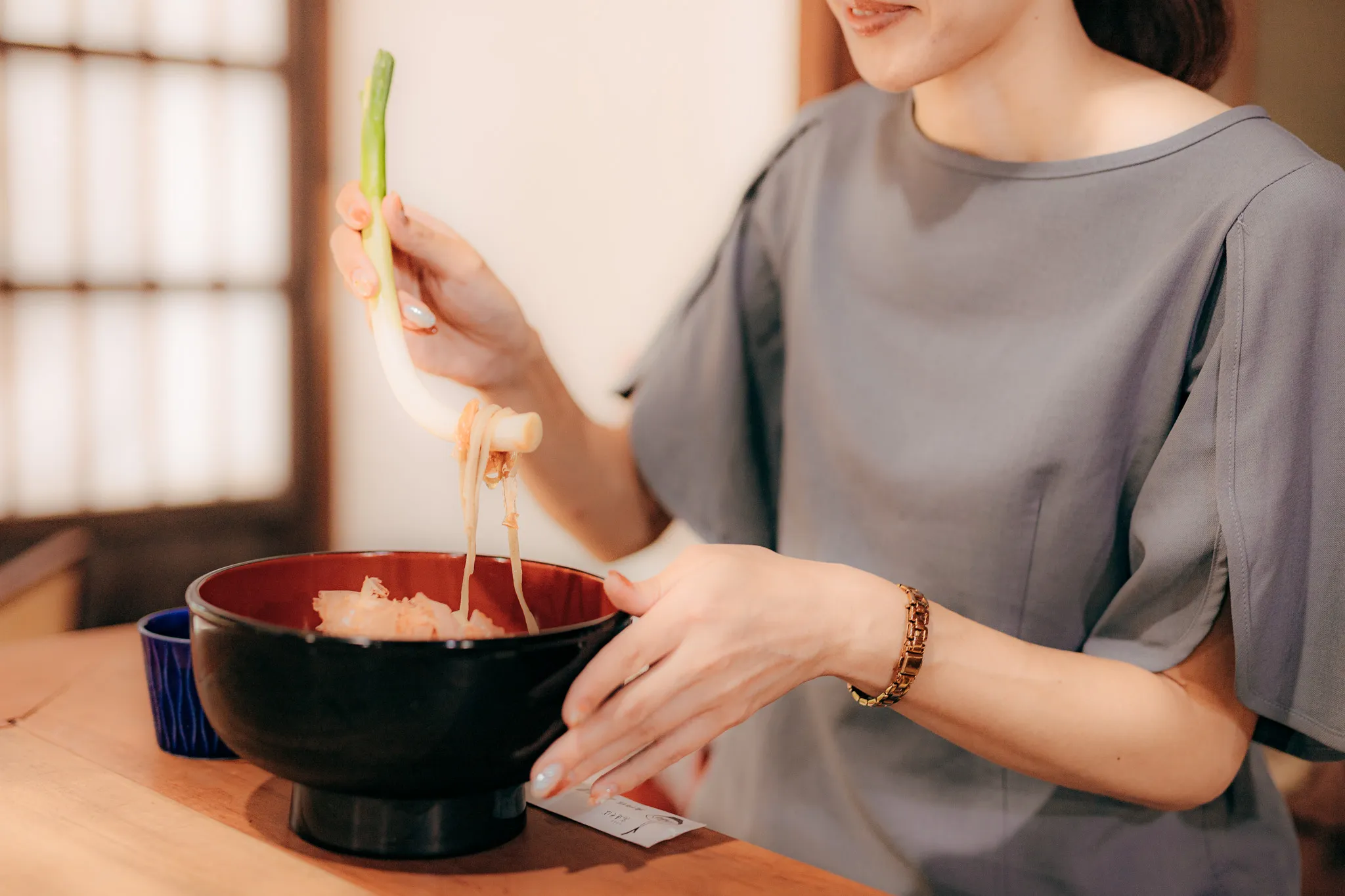

A new experience of eating soba with a green onion.
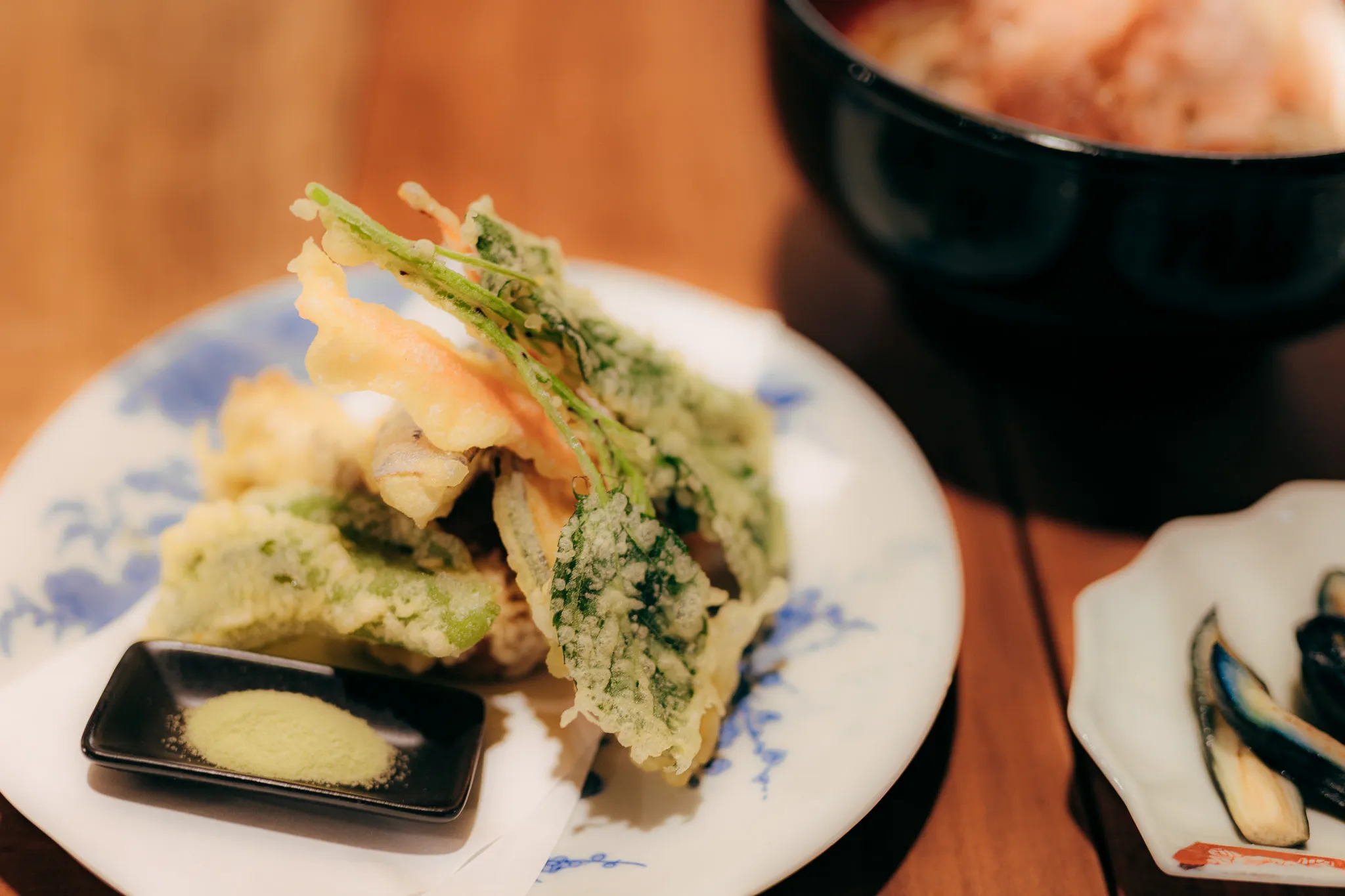

Tempura served alongside negi soba.
Best way to Enjoy the Area
First, we recommend stopping by Yunokami Onsen Station, operated by the Aizu Railway. The station’s thatched-roof building is a rare sight in Japan, and inside you’ll find a traditional irori (hearth). Next to the platform is a free footbath called “Oyako Jizo no Yu,” where you can relax and warm your feet while watching the trains. From the station, you can take the Aizu Bus “Saru-yu-go” or drive about 20 minutes to reach Ouchi-juku.

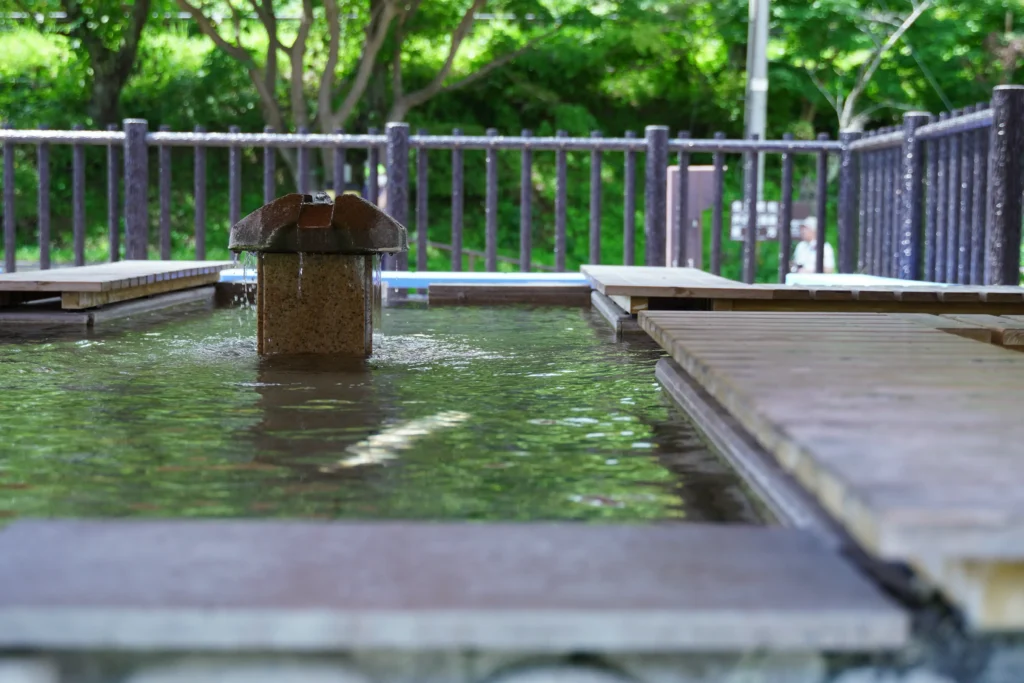
Once you arrive at the post town, start by strolling through the charming streets lined with thatched-roof houses. Along the way, several soba restaurants serve Takato soba (grated daikon soba), a local specialty. Ouchi-juku’s famous “negi soba” is especially unique—using a long green onion as chopsticks to pick up the noodles. The green onion also works as a condiment, making it a fun and memorable local experience. Among the most popular is the long-established “Ouchi-juku Misawaya,” which often has lines on weekends and during holidays. To avoid the crowd, consider visiting right at opening or using waiting time to explore nearby streets. Besides soba, you can also try local dishes like “shingorou” or “tochi-mochi,” made with regional ingredients.

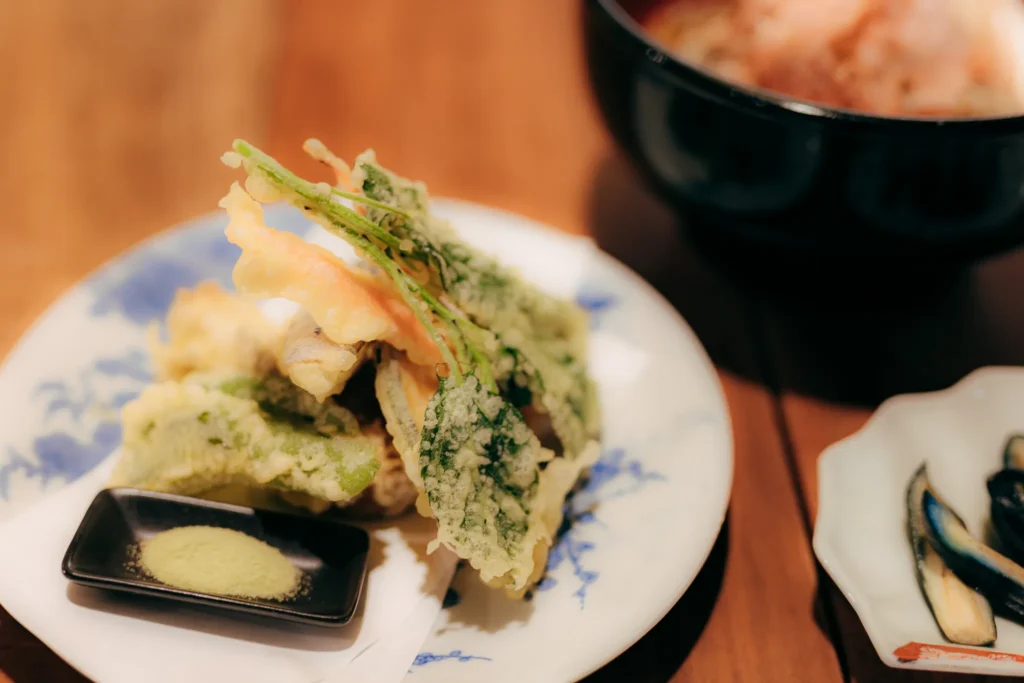
In the afternoon, head to a lookout on a small hill slightly off the main street. Climb the stone steps to enjoy a panoramic view of Ouchi-juku’s rooftops. On clear days, the contrast of the blue sky, thatched roofs, and distant mountains is stunning, while in winter, the snow-covered village looks like a scene from a traditional painting. If visiting in summer, the “Hange Festival” on July 2 celebrates safe rice planting; in autumn, late October to early November offers beautiful fall foliage; and in winter, the previously mentioned Snow Festival makes the experience even more memorable.
Remarkably, there are two inns in Ouchi-juku where you can stay in cultural heritage buildings. After other tourists leave, enjoy the quiet beauty of the village at night.
Additionally, about a 15-minute drive from Ouchi-juku is Tonohetsuri, a scenic spot famous for its dramatic rock formations along the Okawa River gorge. It’s highly recommended to visit both Ouchi-juku and Tonohetsuri for a full experience of the area’s natural and historical charm.
Spot Information
Opening Hours:9:00~17:00(Open year-round, free to explore)
Fee:Free
Access
Address:Ouchi, Shimogo-machi, Minamiaizu-gun, Fukushima Prefecture (Ouchi Yamamoto area)
Access:
Public Transport: About 20 minutes by Aizu Bus “Saru-yu-go” from Aizu Railway Yunokami Onsen Station, get off at the “Ouchi-juku Iriguchi” bus stop.
By Car: About 1 hour 10 minutes / 40 km via Route 289 and 121 from Tohoku Expressway Shirakawa IC.

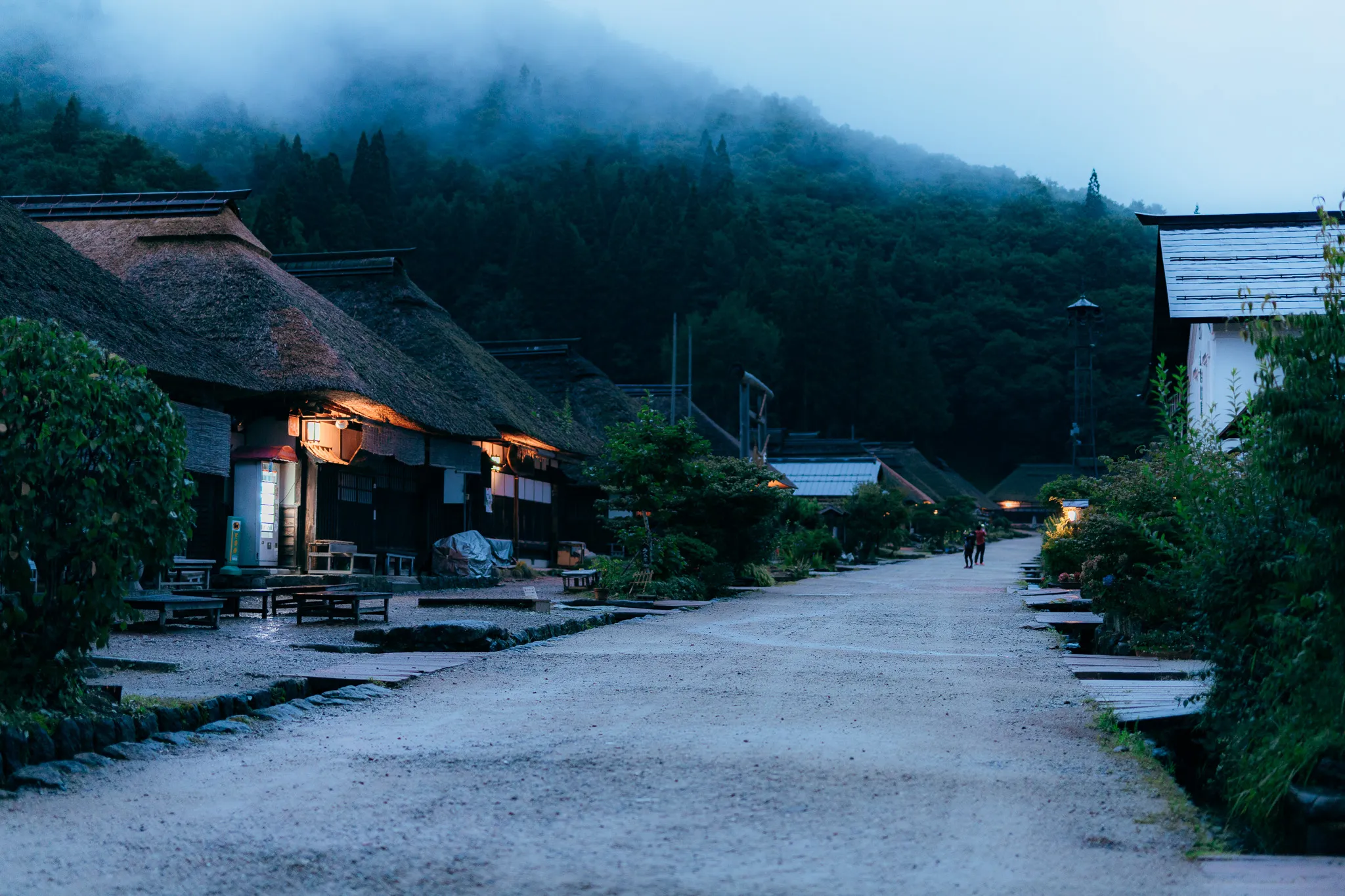
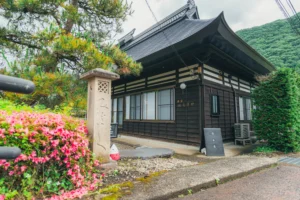
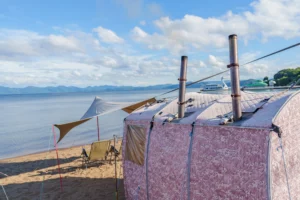
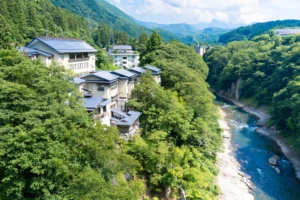
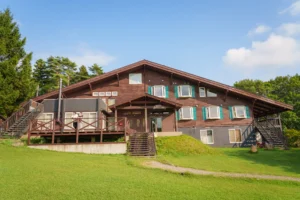
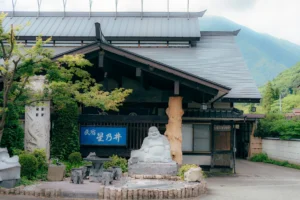
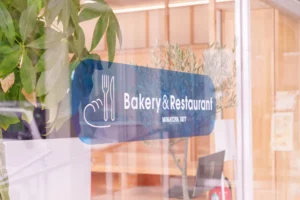

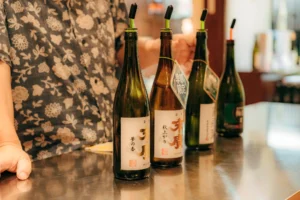
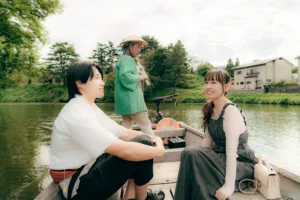

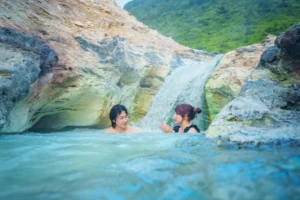

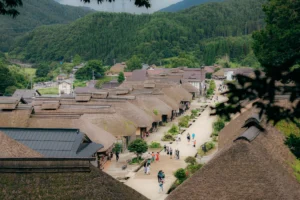
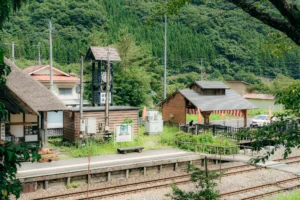



Ouchi-juku Negi Soba